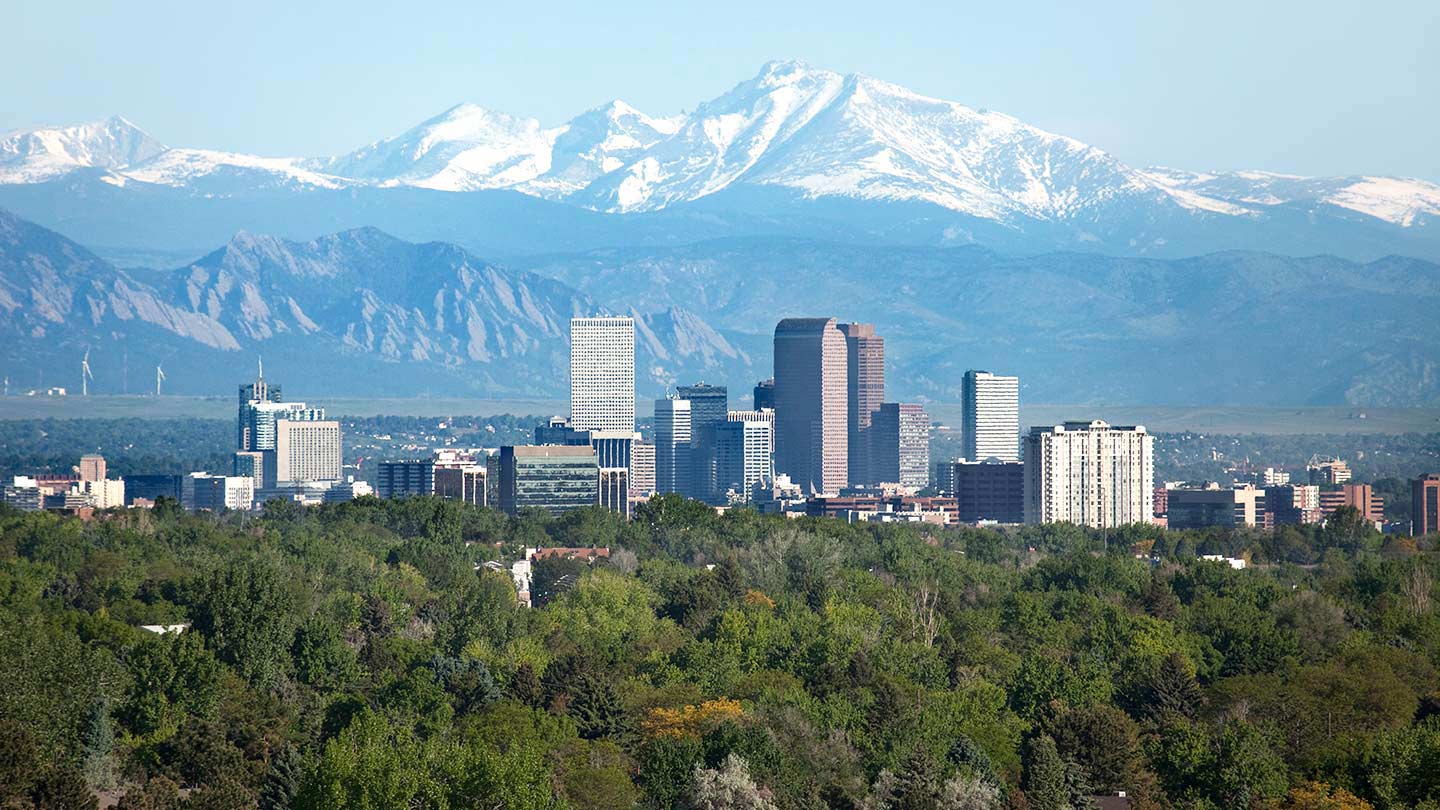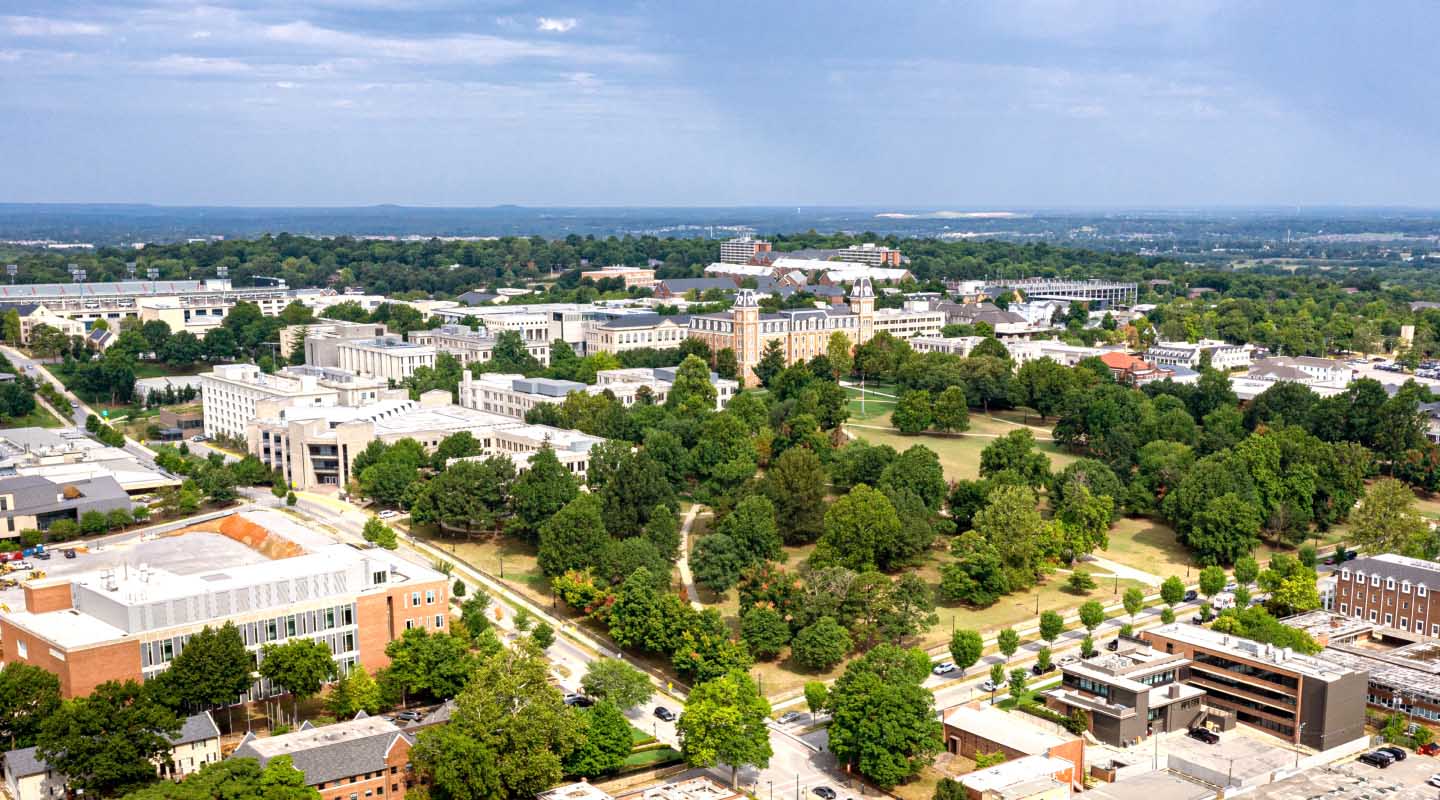
3 min read
In 2024, the Denver multifamily market expanded with nearly 20,000 new apartments—a staggering 4.8% increase in inventory. This growth far exceeds Denver’s average annual construction of 11,400 units over the past five years, according to Apartment Insights.
Adjusting to this influx of new supply, Denver’s market saw its vacancy rate rise to 6.9% at the end of 2024, with metro-wide rents down 1.5% year over year, according to Apartment Insights. These shifts suggest a period of recalibration as the market absorbs the new inventory.
Despite recent challenges, there are compelling reasons for optimism in the Denver real estate market. Absorption remained strong until the typically slower fourth quarter, and the construction spree is likely nearing its end. Denver’s robust fundamentals continue to support strong multifamily demand.
Catherine Murphy, Client Manager with Chase, highlights the market’s enduring appeal: “Denver’s combination of a well-diversified economy and good quality of life, with easy access to the outdoors, continues to support multifamily demand. The market may not be the bonanza it was over the past 15 years, but it’s still growing—just at a more sustainable pace.”
Construction surge continues—but the end’s in sight
A recent policy change to affordable housing requirements is one factor driving Denver’s elevated apartment deliveries. Developers rushed to start some projects before new requirements took effect, contributing to a temporary surge.
“As those projects come online, the pipeline should drop off dramatically,” Murphy said.
While most new units are high-end, leading to increased competition among luxury multifamily buildings, affordable and workforce housing aren’t immune from the pressure.
“There are trickle-down effects, especially when there is such a deluge of units at once,” Murphy said. “You’ll often see concessions offered in the race to lease up new properties, making these units affordable to a broader market.”
Interest rates remain elevated
Federal Reserve interest rate cuts once expected in early 2025 are now on hold, with rate decreases uncertain, contingent on economic and labor market trends and the new administration’s policies. This high interest-rate environment has contributed to a drop in Denver multifamily property sales volume from the peak in 2021.
“We’re still in a bit of a state of suspension, with buyers expecting prices to come down and sellers resisting,” Murphy said.
Still, transactions picked up in 2024, a trend that could continue as loans from 2020 and 2021 mature or shift from fixed to adjustable rates. This situation presents owners with a strategic choice: Refinance at higher rates—potentially requiring additional capital—or sell.
Investors seeking apartment loans may want to consider options that would give them more flexibility to refinance if interest rates decline.
Denver’s population growth continues
Historically, Denver has attracted residents from pricier cities, sustaining a steady demand for apartments. From 1991 to 2020, the Denver-Boulder metro area experienced an average annual population increase of 1.1% through net migration, according to data from the Colorado State Demography Office.
Although population growth slowed during the pandemic, with more people leaving than arriving in 2021 and 2022, it’s expected to rebound, if not quite to pre-pandemic levels. The Colorado State Demography office projects an average annual population increase of 0.7% through net migration for the metro area from 2025 to 2030.
Where do Colorado’s new arrivals come from? Texas accounted for roughly 12% of new Colorado residents in 2023, more than any other state, according to the U.S. Census Bureau. That’s despite Colorado’s higher median rents and housing costs for homeowners with mortgages, according to U.S. Census Bureau data.
“It’s a testament to the appeal of what the state offers,” Murphy said. “That said, net migration numbers have slowed because housing has become so expensive.”
About 13% of new Colorado residents moved from a foreign country in 2023, according to U.S. Census Bureau data. It remains to be seen to what extent the new administration’s policies will reduce the number of people moving to the state from outside the U.S.
Rising costs, new regulations
Operating expenses are rising across several key categories, driven by a competitive job market that is elevating wages, impacting repairs and maintenance and property management costs. Additionally, insurance premiums are rising due to risks from wind, hail and wildfires.
Another headwind is legislation passed in recent years. Designed to help keep people housed, new renter-friendly rules prohibit property owners and managers from, among other things, requiring prospective renters to have annual income exceeding 200% of the annual rent and denying lease renewals without a valid reason.
“These new requirements, on top of Denver’s rental licensing ordinance passed in 2021, represent significant changes and multifamily owners and managers should carefully review requirements to keep their practices in compliance,” Murphy said. “The cost of professional property management may well rise and prospective multifamily investors are taking note.”
But while rising costs and regulation pose challenges, investors with attentive and efficient operations can adapt, Murphy said. “The ability to deliver good value at reasonable costs is more important than ever and will be rewarded.”
Whether you’re ready for financing or looking to streamline your operations, reach out to our Denver lending, payments and liquidity team.
JPMorgan Chase Bank, N.A. Member FDIC. Visit jpmorgan.com/commercial-banking/legal-disclaimer for disclosures and disclaimers related to this content.







